Have you ever felt that the world is changing at an unprecedented pace? New smartphone models are being launched every few months, car designs are evolving rapidly, job roles and work styles are shifting, relationships and marriage dynamics are transforming, and above all, human behavior itself is changing swiftly. But the real question remains:
Is the World Changing Faster Than Ever Before?
We are living in an era of technological advancements where news, ideas, and innovations can spread across the globe with just a click of a button. While life today is undoubtedly more complex than before, complexity does not necessarily equate to change.
Understanding Change: What Do We Mean by ‘World’?
To analyze this question deeply, we must first define what we mean by “the world.” In some regions, history has witnessed periods of incredibly rapid transformation. For example, the arrival of the Spanish conquistador Hernán Cortés in Mexico in 1519 led to dramatic changes in the region. Similarly, the French Revolution from 1789 to 1794 brought as much transformation within five years as France might have seen in centuries.
Today, we often associate rapid change with technological progress, but technology is just one aspect of transformation. Language, for example, has remained relatively stable compared to technology. We can still understand Shakespeare's English, but Shakespeare himself would struggle to understand 13th-century English. Over time, printed texts helped stabilize language, slowing down its rate of change. Other standardized aspects of life, such as measurement units (ohms, amperes, volts, etc.), have also remained largely unchanged.
Technology vs. Social and Cultural Stability
Despite the rapid evolution of technology, not all aspects of life are changing at the same pace. In earlier times, entire villages would relocate if a crop failure or an invasion occurred. Today, most aspects of our lives are not designed to be disrupted so easily.
The key question is whether technological advancements are changing the entire world at the same rate. While the internet and smartphones have transformed lives worldwide, they have done so over a span of 25 years. Similarly, between 1835 and 1860, the introduction of railways, telegraph systems, postal services, and photography significantly reshaped the world.
Comparing the Past and Present
If we consider "now" as the past 80 years, it does appear that the world is changing faster than ever before. However, the speed of change is not uniform across all aspects of life. Some areas, such as medicine, space exploration, and digital communication, are advancing at an extraordinary pace, while fundamental human behaviors, traditions, and societal structures remain relatively stable.
Practical Advice for Adapting to a Fast-Changing World
- Embrace Continuous Learning: In an era where industries and job roles are evolving rapidly, upskilling and lifelong learning are essential. Platforms like Coursera, Udemy, and LinkedIn Learning offer courses to help individuals stay updated.
- Develop Adaptability: Change is inevitable, and those who adapt quickly thrive. Whether it's learning a new language, switching careers, or embracing new technologies, flexibility is key.
- Balance Technology with Human Connection: While technology connects us digitally, real-world relationships and social skills remain vital. Engage in face-to-face interactions, spend time with loved ones, and cultivate emotional intelligence.
- Stay Informed but Avoid Overload: Information is more accessible than ever, but excessive exposure to news and social media can be overwhelming. Curate your sources and take breaks from digital screens.
- Think Long-Term: Short-term trends may come and go, but fundamental principles of success—hard work, ethical behavior, and resilience—remain timeless. Focus on sustainable growth in both personal and professional aspects of life.
Final Thoughts
Yes, the world is changing at an incredible pace, but not all aspects of life are evolving at the same speed. While technological advancements are rapid, cultural, linguistic, and social structures offer a degree of stability. The key is to find a balance—embracing innovation while staying grounded in values that stand the test of time.
Ultimately, change is both an opportunity and a challenge. How we adapt to it determines our success and well-being in this ever-evolving world.
Is the World Changing Faster Than Ever? A Deep Dive into Technological and Social Transformation
We live in an era where news, ideas, and opinions can be transmitted across the world with the click of a button. The rapid evolution of technology makes it seem as if the world is changing at an unprecedented pace. But is this perception accurate? Let’s explore this question in depth.
Complexity vs. Change
While life today may appear more complicated than in the past, complexity itself does not equate to change. To understand whether the world is changing faster than ever before, we must first define what we mean by "change" and "the world."
Throughout history, different regions have experienced periods of rapid transformation. Consider the arrival of Hernán Cortés in Mexico in 1519, which triggered one of the fastest social and political upheavals in history. Similarly, major political shifts have often led to drastic changes in short spans, such as the French Revolution from 1789 to 1794.
Another example is the devastation caused by the Black Death (1347-1351), which reshaped the European continent. Wars, too, have been catalysts for change. The two World Wars (1914-1918 and 1939-1945) significantly altered the global social, economic, and political landscape.
The Role of Technology
Technology undeniably plays a critical role in shaping modern life, but it is not the sole driver of change. Consider the evolution of language. Despite significant technological advancements, language remains relatively stable. We can still understand Shakespearean English, yet Middle English from the 13th century is nearly incomprehensible to modern readers.
The printing press contributed to language stability, as written records became widespread. Similarly, while technology has transformed industries and daily routines, many aspects of human life, such as property ownership, driving conventions, and music, have remained consistent.
Standardization in technology has also reinforced stability. Today, we rely on universally accepted units of measurement such as Ohms, Amperes, and Volts. While technological advancements accelerate innovation, many fundamental systems remain unchanged for long periods.
Has the World Ever Changed at a Faster Pace?
The crucial question is whether technological progress is uniformly changing the entire world at the same speed. Mobile phones and the internet have certainly revolutionized communication, but their widespread adoption has taken over 25 years. Comparatively, between 1835 and 1860, the introduction of railways, the telegraph, postal services, and photography dramatically reshaped society.
If we expand our perspective to the last 80 years, it might appear that the world is evolving at an unprecedented rate. However, the speed of change is not uniform across all aspects of life. Some industries and regions experience rapid transformation, while others remain relatively unchanged.
Practical Insights on Adapting to Change
Given the rapid evolution of technology, how can individuals and businesses stay ahead? Here are some practical strategies:
1. Continuous Learning
With new technologies emerging frequently, lifelong learning is essential. Keeping up with advancements in artificial intelligence, blockchain, and other fields can provide a competitive edge.
2. Flexibility and Adaptability
Businesses and individuals who embrace change rather than resist it tend to thrive. Whether it’s remote work or digital transformation, being open to new methods is key to success.
3. Balancing Tradition and Innovation
While technological advancements are essential, maintaining a balance with cultural and traditional values ensures continuity and stability in society.
4. Evaluating Real Impact
Not every innovation is revolutionary. Some technologies promise significant change but fail to deliver. It’s important to critically assess which advancements truly make a difference.
Final Thoughts
The world is undoubtedly changing, but not necessarily at a faster pace than in certain past periods. While technology is a major driver, it is not the only factor shaping our lives. Political, economic, and cultural influences play equally significant roles. Instead of focusing solely on speed, we should aim for sustainable and meaningful progress.
Stability is a Longing: Understanding Change and Adaptation
A philosopher once said, "Stability is a longing, and this very longing makes us human." This statement resonates deeply in today’s world, where everything is evolving at an unprecedented pace. Whether it is politics, technology, or economics, nothing remains static. The standards that once defined our lives are gradually fading, making stability seem like an unattainable dream.
Is Change Really a New Phenomenon?
At first glance, it may seem that we are experiencing change like never before, but history tells a different story. Societies have always undergone transformations, some slow and some rapid, but change has always been a constant. Great empires rose to power only to collapse eventually, leaving behind cultural legacies. The invention of the printing press in the 15th century revolutionized the way people consumed information, just as the atomic bomb reshaped the political landscape in the 20th century.
In the mid-14th century, Europe lost nearly 60% of its population due to war, famine, and disease. Yet, humanity found a way forward, and the Protestant Reformation in 1517 marked the beginning of significant societal reforms. This is just one example from a long list of events that demonstrate how civilizations adapt, survive, and progress.
Nostalgia vs. Reality: Was the Past Really Better?
Many people believe that the past was a better time, often reminiscing about how simple life used to be. However, when we were younger, the changes happening around us were more manageable, and we were able to adapt without resistance. The difference today is that change feels faster, not necessarily because it is, but because our perception of it has altered.
One major factor influencing this perception is the speed of information. News, ideas, and events travel across the world in seconds, making global changes feel immediate and overwhelming. While rapid information exchange is beneficial, it also has its drawbacks.
The Double-Edged Sword of Information Technology
Technological advancements have enabled us to access and share information in real time. However, they have also given rise to misinformation, propaganda, and manipulation. Consider social media platforms like Twitter, where political leaders and influencers use their reach to spread their ideologies. Millions of people accept these narratives without questioning their authenticity, often leading to social and political unrest.
The internet has made it possible for individuals to mobilize large groups within minutes, but it has also provided a breeding ground for misinformation. The power of technology is neutral—it depends on how we use it. While it can be a tool for progress, it can also be weaponized for fear and division.
Is Technology Running Out of Control?
As technological advancements accelerate, many people fear that we are losing control. Artificial intelligence, automation, and data surveillance raise ethical questions about privacy and human agency. The more interconnected the world becomes, the harder it is to regulate and contain the unintended consequences of progress.
Practical Advice: How to Navigate a Rapidly Changing World
- Adaptability is Key: Instead of resisting change, learn how to embrace it. Stay open to new ideas and continuously update your skills.
- Develop Critical Thinking: With the abundance of information, it is crucial to analyze sources before accepting them as truth.
- Balance Technology Use: While technology is a powerful tool, excessive dependence on it can lead to stress and anxiety. Take breaks and engage in offline activities.
- Stay Grounded: Amidst rapid change, hold on to your core values. They act as a compass to guide you through uncertain times.
- Be a Responsible Digital Citizen: Think before sharing information online. Verify sources and avoid spreading misinformation.
Conclusion: Change is Inevitable, Growth is Optional
We live in a world that will never stop evolving. The question is not whether change will happen, but how we will respond to it. Instead of fearing instability, we should recognize it as an opportunity for growth. By staying informed, adaptable, and mindful, we can navigate the complexities of the modern world while maintaining a sense of personal stability.
The Rapid Transformation of the World: A Deep Dive into Change
Imagine telling a farmer in 1750 that, in the coming decades, there would be cars, mobile phones, televisions, and sexual freedom. The sheer thought would have been shocking. However, today, we not only have cars on the roads, but also vehicles that can fly in the air and even float on water.
The world is changing at an unprecedented pace. To better understand this transformation, let's take a look at some fundamental facts.
The Acceleration of Change Over Time
During the Ice Age, around 12,000 years ago, the global human population doubled every 10,000 years. During the Roman Empire, the population doubled every 1,000 years. By the 20th century, this period had shrunk to just 50 years.
It is astonishing to note that in the year 1900, the average life expectancy was between 31 and 41 years. By the year 2000, an average person could expect to live up to 71 years. Medical advancements, better hygiene, improved nutrition, and scientific progress have significantly extended human lifespan.
Economic Growth Over the Centuries
Talking about income levels, between 5000 BCE and 1500 BCE, there was hardly any discussion about annual earnings. By 1800, the average income reached around 1,000 pounds. In the 19th century, this figure doubled, and by the 20th century, it quadrupled to approximately 9,000 pounds. This rapid economic growth is a result of industrialization, globalization, and technological advancements.
Shifts in Lifestyles and Beliefs
Over time, societies transitioned from living in round huts to structured houses. Copper was gradually replaced with iron for tools and weaponry. Religious beliefs evolved, with many transitioning from sun worship to Christianity. Fashion also saw remarkable changes—wealthy individuals started wearing wigs, corsets became popular, and literacy rates improved. Some people even began wearing sunglasses as a style statement.
In 1784, the idea of flying in a hot air balloon was unimaginable. Yet today, we have jet planes, spacecraft, and even concepts of space tourism.
The Unprecedented Pace of Change in the Last Century
Despite all these developments, life remained relatively stable for centuries. People followed a predictable pattern—birth, taxation, farming, rent payments, and religious devotion. However, the last 100 years have seen a staggering amount of change:
- The invention of automobiles
- The rise of computers and the internet
- Widespread literacy
- The construction of skyscrapers
- Advancements in medical technology, including sex determination before birth
- Greater sexual freedom
- The establishment of democracy
- The development of atomic bombs
The speed at which the world has changed in the last century is greater than in the last 100,000 years combined. The progress in technology, society, and culture has reshaped human civilization.
The Rapid Transformation of China
If we look at recent history, no society has transformed as rapidly as China. With its massive population and centralized governance, China has seen one of the fastest socio-economic shifts in history.
Imagine being born in China in the early 20th century:
- You would have witnessed the country struggling under Japanese invasion.
- A decade later, you would have participated in parades celebrating Mao Zedong’s rise and the formation of a new socialist China.
- By 1970, during the Cultural Revolution, intellectuals were persecuted, and traditional values were suppressed.
- Ten years later, the economic reforms introduced by Deng Xiaoping encouraged entrepreneurship and modernization.
- Fast forward to today, China has evolved from an agrarian society into the world's second-largest economy.
Government Policies and Their Impact on Change
China’s rapid transformation has been largely driven by its authoritarian government, which has prioritized urbanization, economic development, and technological advancement. While this has brought prosperity to many, it has also faced significant opposition.
Environmental activists have frequently protested against industrial expansion, highlighting the negative impact on nature. Their resistance serves as a reminder that rapid decision-making should be balanced with sustainability. While quick actions can yield fast results, they also come with risks.
Lessons from History and Practical Insights
The rapid pace of change in the modern world teaches us several key lessons:
- Adaptability is Key: The ability to embrace change determines success. Those who fail to adapt risk being left behind.
- Technology Drives Progress: Innovations in AI, biotechnology, and space exploration will continue to shape the future.
- Ethical Considerations Matter: With new advancements come ethical dilemmas, such as data privacy, environmental sustainability, and human rights.
- Balance Between Speed and Stability: Rapid change can bring both opportunities and challenges. Societies need to balance progress with stability.
Looking Ahead: The Future of Change
As we move forward, the world will continue to evolve at an even faster pace. Artificial intelligence, quantum computing, space colonization, and genetic engineering are set to revolutionize human life.
While change is inevitable, understanding its patterns helps us navigate the future more effectively. The past teaches us that while progress can bring prosperity, it must be approached with wisdom, responsibility, and a long-term vision.
The question remains—are we ready for the next wave of transformation?
```htmlThe Pursuit of Stability in a Rapidly Changing World
It is often said that stability is a longing, and this very longing makes us human. We are living in an era of rapid transformation—political landscapes are shifting, global economic forecasts remain uncertain, and technology is evolving at an unprecedented pace. The sense of constancy seems elusive, making many feel as if stability is an unattainable concept.
Is This Change Really New?
When we look back at history, we realize that large-scale transformations have always been a part of human civilization. Great empires rose and fell, leaving behind their cultures and legacies. Technological advancements have repeatedly altered the way people live, whether it was the invention of the printing press in the 15th century or the development of nuclear weapons five centuries later. Devastating events like plagues and wars have wiped out significant portions of the population, such as the Black Death in the 14th century, which reduced Europe’s population by almost 60%. Yet, human resilience has always prevailed, adapting to challenges and emerging stronger.
Throughout history, many have idealized a "Golden Age"—a time of simplicity and stability that has seemingly been lost. Some may reminisce about pre-industrial pastoral life, a peaceful era before wars, or even childhood, when the world seemed more comprehensible. However, change has always been an integral part of human existence. It is this very transformation that defines us.
Our Perception of Change
Perhaps the world is not changing faster than before; rather, our experience of change has evolved. The speed at which information spreads today is unprecedented. Social media, digital platforms, and instant communication have made the world more connected than ever before. While this connectivity has benefits—such as rapid access to knowledge and global awareness—it also comes with significant challenges. The same technologies that enable progress can also be used to spread misinformation, manipulate public perception, and even incite violence. As technology advances, there is a growing concern that some aspects of life may spiral beyond human control.
Imagine telling a farmer in 1750 that in the coming centuries, people would have cars, mobile phones, televisions, and greater sexual freedom. Such an idea would have been incomprehensible to them. Similarly, if we were to be transported into the future, we might find the advancements of the next few centuries equally overwhelming.
The Acceleration of Progress
The pace of change is undeniably faster than ever before. Consider basic facts about human progress:
- During the last Ice Age (approximately 110,000–12,000 years ago), the global human population doubled over a span of 10,000 years.
- By the time of the Roman Empire, this doubling occurred every 1,000 years.
- By the 20th century, human population was doubling approximately every 50 years.
Life expectancy has also seen remarkable improvements. In 1900, the average life expectancy at birth was about 31 years. By 2000, it had increased to 71.5 years. Economic growth has followed a similar trajectory:
- Between 5000 BCE and 1500 BCE, average annual income remained relatively stagnant.
- By 1800, the average income had increased to approximately £1,000.
- During the 19th century, this figure doubled.
- By the 20th century, it had quadrupled to nearly £9,000.
These figures highlight the exponential acceleration of human progress in the last few centuries.
Transformations in Society
To understand the impact of change, let’s take England as an example. Over centuries, people transitioned from round houses to rectangular ones, from small farmsteads to villages, and from bronze tools to iron. Religious beliefs evolved, and social structures transformed. Wealthy individuals adopted wigs and corsets, literacy became more widespread, and technological breakthroughs like the hot-air balloon flight in 1784 became a reality. Yet, despite these advancements, fundamental aspects of life—birth, death, taxes, agriculture, and devotion—remained constant.
However, imagine taking a farmer from 1750 and suddenly placing them in today’s world. The presence of cars, skyscrapers, computers, democracy, nuclear weapons, gender freedom, and medical advancements would be overwhelming. The sheer magnitude of change in the last century surpasses that of the last hundred thousand years combined.
China: A Case Study in Rapid Transformation
One of the most striking examples of rapid change in recent history is China. Over the last century, China has undergone one of the fastest transformations of any society on Earth. Consider the experience of someone born in China in 1940:
- As a child, they would have witnessed their country struggling against the Japanese invasion.
- In the 1950s, they would have participated in parades celebrating Mao Zedong’s socialist vision.
- By the 1970s, they may have been a teacher persecuted during the Cultural Revolution.
- In the 1980s, they might have left their profession to pursue business opportunities following Deng Xiaoping’s economic reforms.
- By the 21st century, they would have seen China transition from a rural, agrarian society into the world’s second-largest economy, with extensive urbanization, technological advancements, and high-surveillance governance.
What Enabled China’s Rapid Change?
One of the key factors in China’s rapid transformation has been government control. The authoritarian nature of China’s leadership has allowed for top-down decision-making at a speed that is impossible in democratic systems. While this has led to incredible progress—such as economic reforms and infrastructure development—it has also resulted in disasters like the Great Leap Forward (1958–62), where misguided agricultural policies led to widespread famine.
China’s development also illustrates the double-edged nature of rapid change. While the country has achieved significant economic growth, it has also faced challenges such as environmental degradation, loss of cultural heritage, and increasing government surveillance. Public resistance, such as environmental protests, shows that not all citizens embrace the speed of change, highlighting the importance of balancing rapid development with sustainable policies.
The Cost of Rapid Progress
While rapid decision-making can lead to impressive growth, its success depends on the outcomes. A slower, more deliberate approach may sometimes yield better long-term results. For example, if China had paced its urbanization and industrialization differently, it might have retained more of its forests and cultural landmarks. Progress should not come at the cost of environmental destruction or loss of heritage.
Embracing Change While Maintaining Balance
The modern world is evolving at a breathtaking pace. Technology, social norms, and economic systems are continuously being redefined. However, while change is inevitable, it is crucial to navigate it wisely. The challenge lies in embracing innovation while ensuring that human values, cultural heritage, and sustainability are not compromised.
History has shown that while societies undergo immense transformations, human resilience and adaptability ensure that we continue to thrive. Stability may be a longing, but it is also the foundation that allows us to navigate uncertainty and shape the future.
The Rapid Pace of Change: A Historical and Modern Perspective
Introduction
Throughout history, the world has witnessed monumental changes—some gradual, others occurring at an astonishing speed. Each generation perceives itself as unique, experiencing the most significant shifts in technology, society, and geopolitics. However, when viewed in the broader context of history, it becomes evident that rapid transformations have always been a part of human civilization.
The Post-World War II Geopolitical Shift
World War II and its aftermath brought about drastic geopolitical transformations that, at the time, were almost unimaginable. Empires collapsed, new nations emerged, and the balance of global power shifted dramatically.
For instance, in 1938, the British Empire was at its peak, covering vast portions of the world. However, within three decades, decolonization movements had reshaped global politics, leading to the formation of numerous independent nations. The number of sovereign states grew from 51 in 1945 to nearly 193 today, illustrating the speed at which the colonial era came to an end.
These rapid changes reshaped the world's economic and political landscapes, proving that what seems permanent in one era can dissolve in another. The speed of transformation has always been a defining aspect of human civilization.
The Evolution of Technology Across Generations
Each generation tends to believe that the changes it witnesses are unprecedented. A teenager today cannot imagine a world without smartphones or the internet. However, just a few decades ago, these technologies were nonexistent. The same was true for previous generations.
For instance, my grandmother, who is nearly 100 years old, grew up in an era before computers, televisions, commercial radio, or even jet engines. There were no microwaves, dishwashers, or antibiotics. Many of these advancements emerged between the 1930s and 1950s, often accelerated by wartime innovations.
Just as past generations marveled at the rapid changes in their lifetimes, today's youth look toward artificial intelligence, autonomous vehicles, and shifting global powers with the same sense of awe. The future will continue to bring changes that may seem even more dramatic than those we consider revolutionary today.
Historical Precedents of Rapid Change
The Birth of the Egyptian Pyramids
While ancient civilizations may seem static compared to the modern world, they too experienced periods of rapid transformation. The construction of the Egyptian pyramids is a prime example.
Initially, Egyptian elites were buried in rectangular, single-story mud-brick tombs called mastabas. However, during the Third Dynasty of the Old Kingdom (c. 2649–2575 BCE), Pharaoh Djoser and his architect Imhotep introduced a groundbreaking design—the step pyramid at Saqqara. This innovation marked a radical departure from tradition.
Historians debate the inspiration behind the pyramid’s shape. Some believe it evolved from stacking mastabas atop one another, while others suggest it symbolized the primordial mound of Egyptian mythology or a stairway to the heavens for the pharaoh.
Regardless of the reasoning, Djoser’s innovation set a precedent. His successors refined the design, leading to the construction of smooth-sided pyramids, culminating in the Great Pyramid of Giza within less than 200 years. This illustrates how a single idea can rapidly evolve into an enduring cultural and technological legacy.
The 20th-Century Consumption Boom
The 20th century saw an unprecedented increase in global consumption. In just 100 years, per capita consumption grew twentyfold, fundamentally altering economies and societies.
As industrialization and urbanization expanded, particularly in the United States, consumer demand skyrocketed. The production of goods increased exponentially, leading to the widespread availability of automobiles, household appliances, medical advancements, and financial instruments that generated wealth.
At the same time, life expectancy rose significantly due to improved healthcare and sanitation. Societies became more interconnected through mass communication and international trade. However, this rapid growth also contributed to environmental concerns, resource depletion, and economic instability.
The Psychological Impact of Rapid Change
Fast-paced transformation often evokes a sense of uncertainty and fear. When people perceive that change is happening too quickly, they may seek stability by turning to political or ideological extremes. This has been evident throughout history, where periods of rapid societal shifts have given rise to movements advocating for a return to simpler times.
For instance, industrialization led to fears about job losses, prompting resistance from workers. Similarly, in the modern era, automation and artificial intelligence raise concerns about economic displacement, pushing some towards populist ideologies that promise to restore past stability.
Conclusion
Change is a constant force in human history. While each generation believes it is experiencing unparalleled transformations, history shows that rapid shifts have always been present. From the fall of empires to technological revolutions, the world has continually evolved at an astonishing pace.
The challenge is not merely to adapt to change but to embrace it as an opportunity for progress. Whether in the ancient construction of pyramids, post-war geopolitical shifts, or the digital revolution, human ingenuity has consistently shaped the world in ways that were once unimaginable. The future will bring new transformations, and like those before us, we must navigate them with resilience and vision.









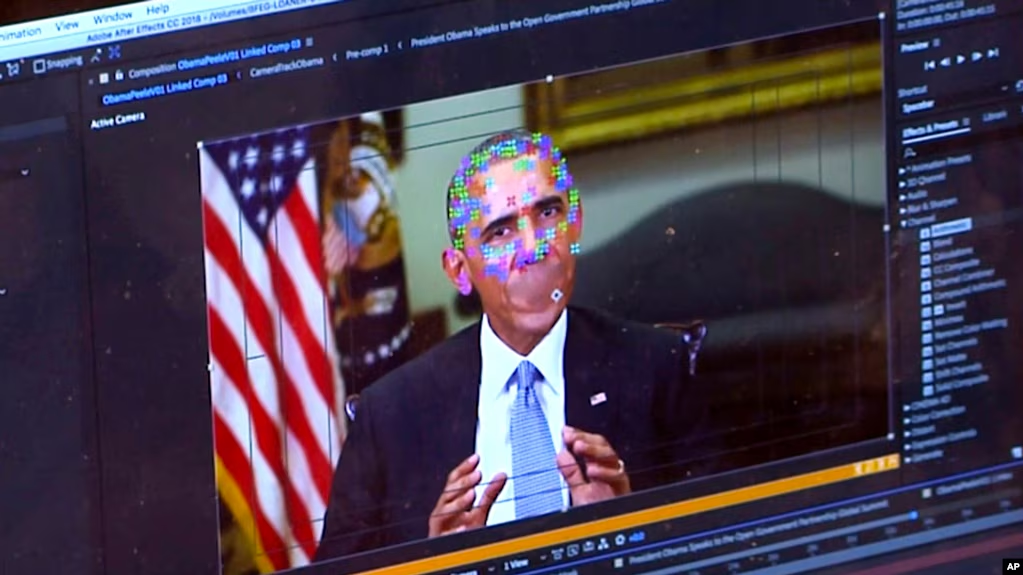




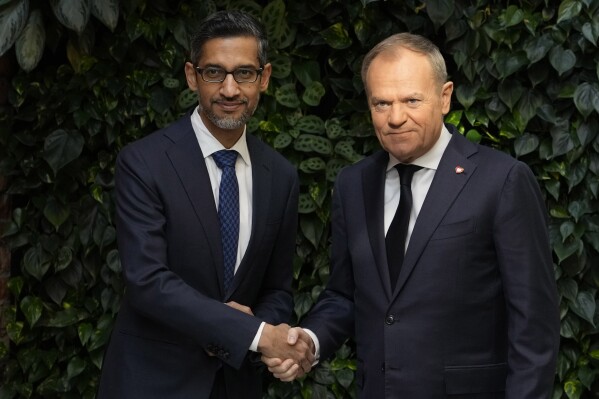





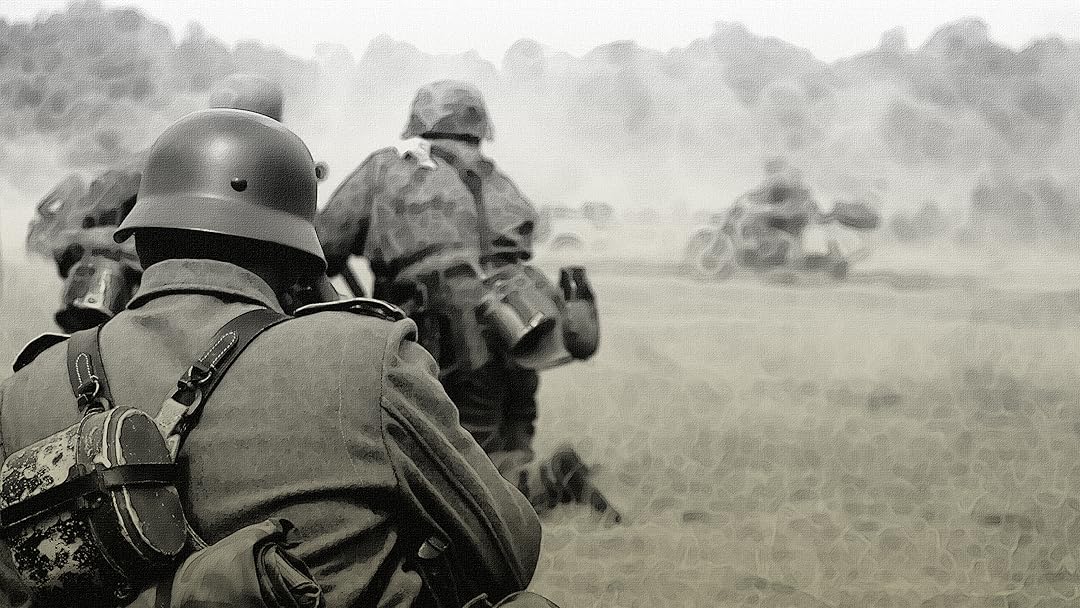





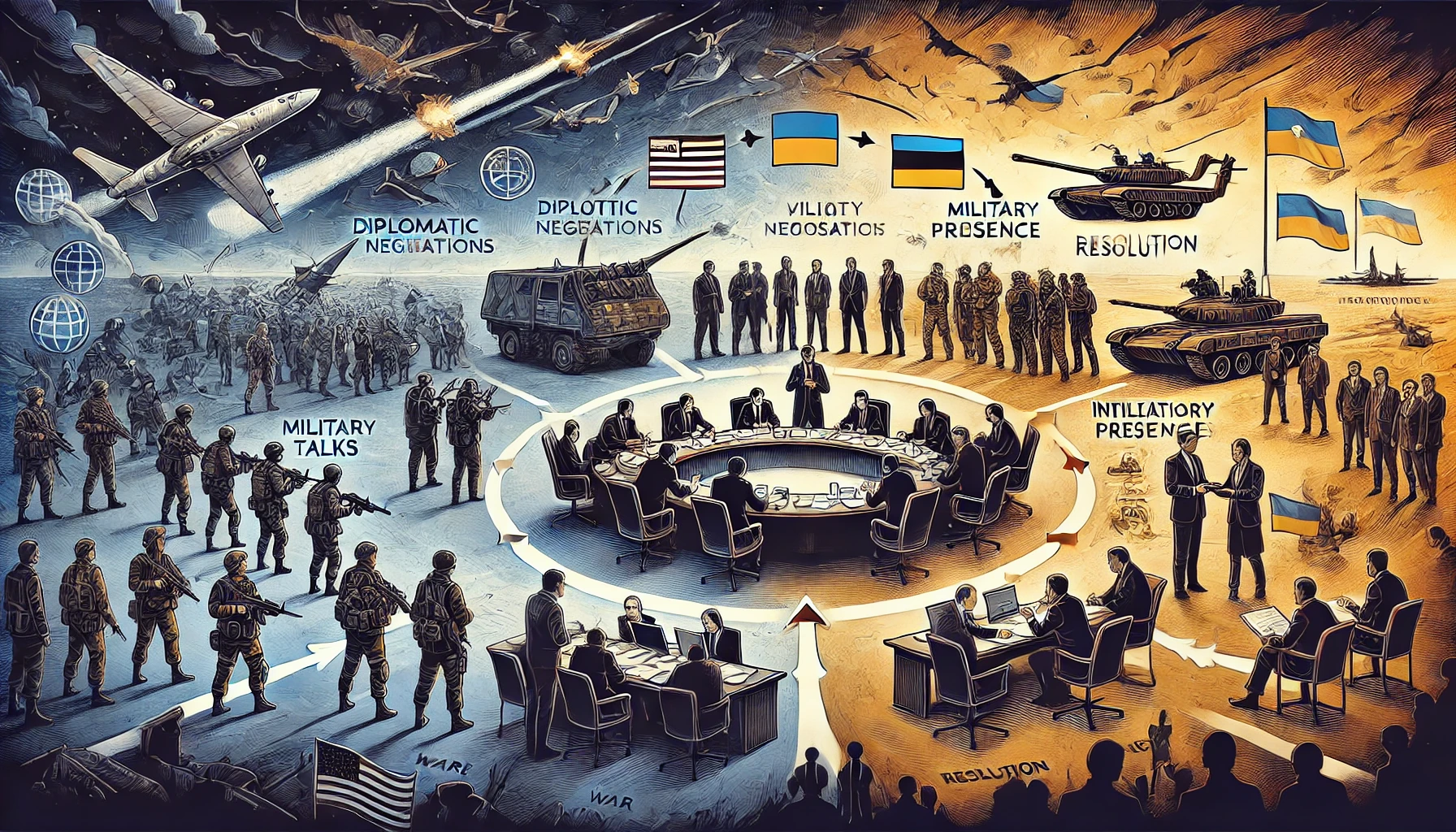
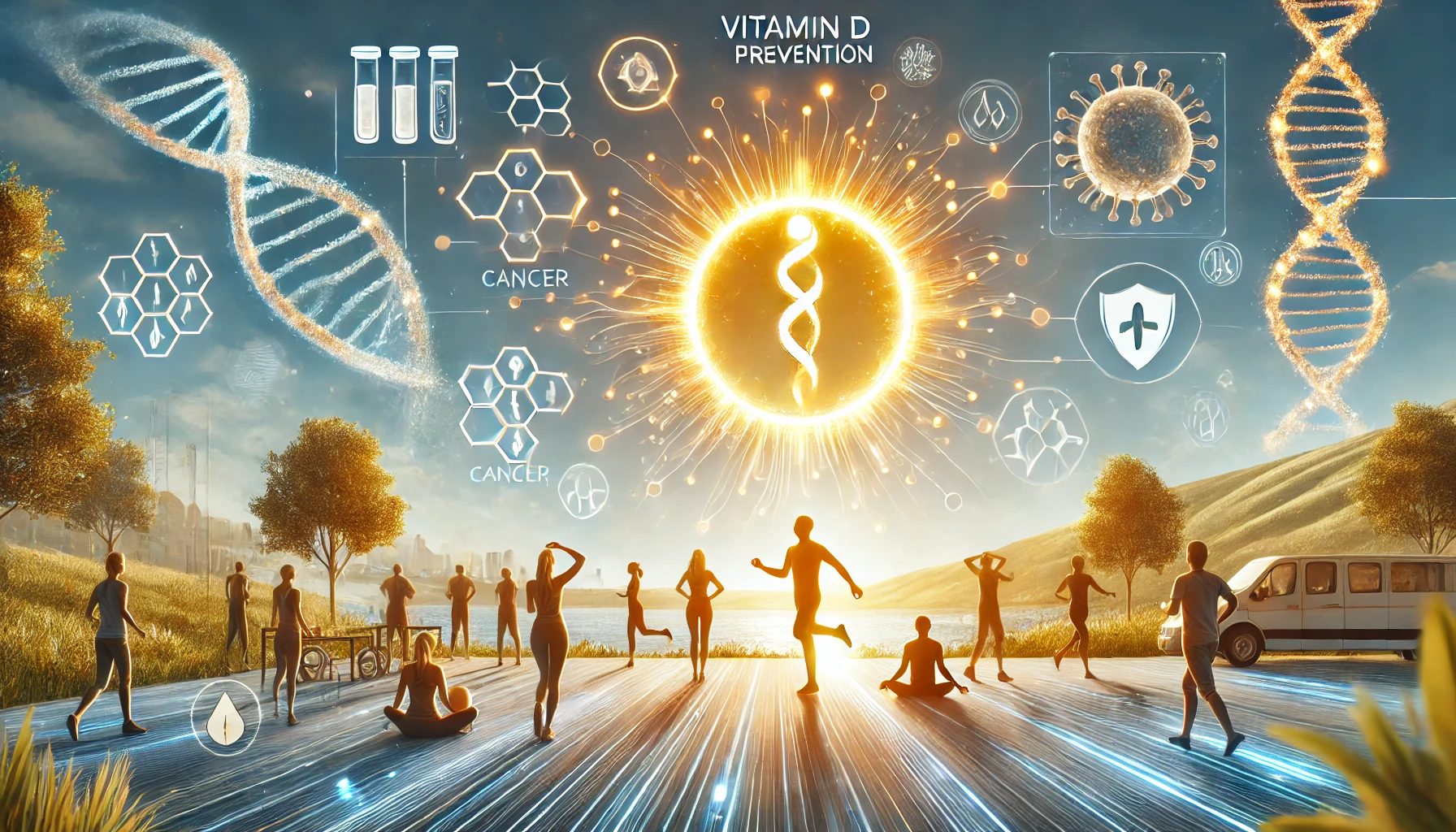

0 Comments